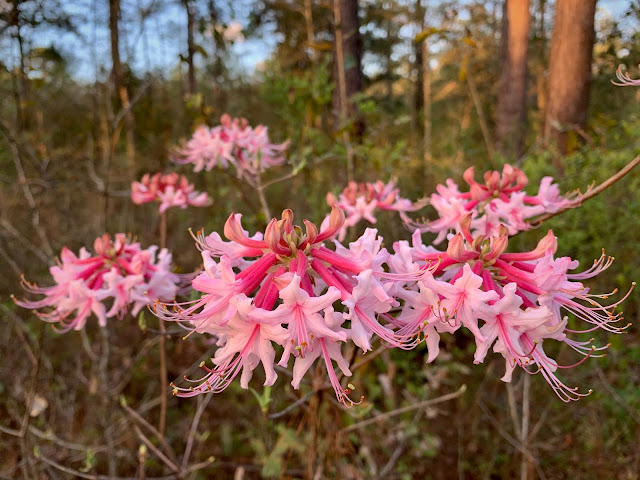White-Topped Sedge
The native white-topped sedge (Rhynchospora colorata) grows in many roadside ditches around the state, but it's sparser in the panhandle counties. It often grows with the native rain lilies (Zephyranthes atamasca) There are more than 50 species of Rhynchospora or beaksedges, but only three have white bracts. The other two are R. Floridensis, Florida whitetop, a south Florida native with short hairs on the bracts and R. latifolia, giant whitetop, with large bracts with their white area extended farther than an inch, which grows throughout the state.
Unlike most grass-like plants, this sedge is insect-pollinated and has developed showy white colorization on the bracts that surround its cluster of flowers in each head. The edges of the white bleed into the green color so it looks like Mother Nature spray-painted the white as an afterthought.
These sedges are a good addition to the edges of ponds or rain gardens. They are attractive, interesting, and tough. They can live in standing water, but they can also withstand drought. So add some to your landscape this year.
Sedges, rushes and grasses, Oh my!
Here's the old rhyme to remember the characteristics of each.
Sedges have edges,
Rushes are round,
Grasses have nodes
all the way to the ground.
Sedges have triangular stems (edges) and the famed saw grass of the Everglades (Cladium jamaicense) is sedge, not a grass and because of a high silicone content in those "edges" it can saw right through your skin.
Ginny Stibolt
Unlike most grass-like plants, this sedge is insect-pollinated and has developed showy white colorization on the bracts that surround its cluster of flowers in each head. The edges of the white bleed into the green color so it looks like Mother Nature spray-painted the white as an afterthought.
These sedges are a good addition to the edges of ponds or rain gardens. They are attractive, interesting, and tough. They can live in standing water, but they can also withstand drought. So add some to your landscape this year.
Sedges, rushes and grasses, Oh my!
Here's the old rhyme to remember the characteristics of each.
Sedges have edges,
Rushes are round,
Grasses have nodes
all the way to the ground.
Sedges have triangular stems (edges) and the famed saw grass of the Everglades (Cladium jamaicense) is sedge, not a grass and because of a high silicone content in those "edges" it can saw right through your skin.
Ginny Stibolt





Comments